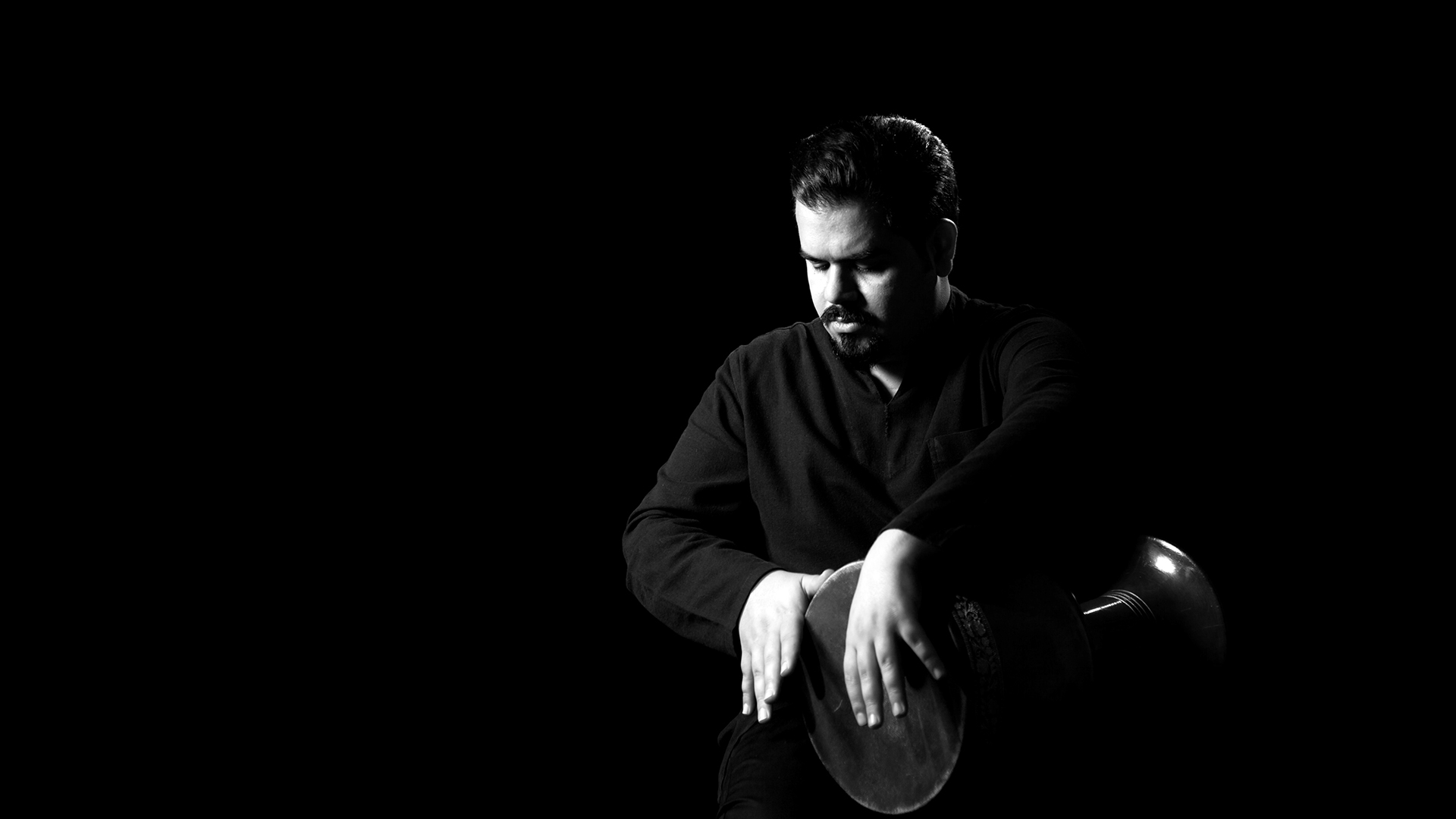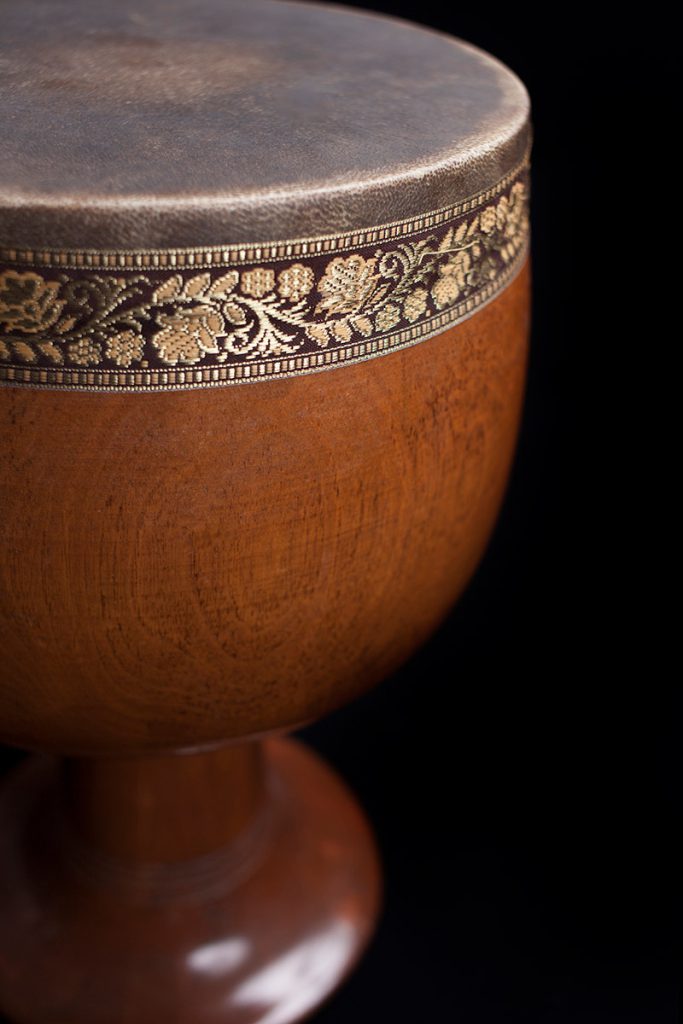
Tombak (history and teaching method)
History:
Tombak which is also known as tonbak and Zarb, is a percussion instrument with a skin sound and a goblet shape and is played with direct touch of the fingers. Its body is generally made up of wood. but metallic and ceramic models are also available. “Some believe that the original name of this instrument was tonbak and its transformation to tombak is due to the inversion of the silent letter “n” to “m” before the letter “b”.” “At the same time, another group considers its name to be formed from the two syllables (tom) and (back), which are the names of the two basic strokes in playing this instrument.”
In historical etymology, based on Persian texts and paintings, other names have also been attributed to this instrument. This instrument, which is one of the ancient Iranian instruments, has complex and very beautiful techniques despite its apparent simplicity. Which increases its sound range. And has made it one of the most complete percussion instruments in the world.
The role of tombak in Iranian music:
Tombak has one of the most essential roles in Iranian music and it is rare to find an Iranian music group that has not used this instrument. Tombak is one of the pillars of Iranian modal music groups. And thanks to its skillful players, it also has an important position in the field of solo performance. Some of the greatest players of this instrument are Master Hossein Tehrani, Master Amir Nasser Eftetah and Master Nasser Farhangfar, and also among the current veterans, one can name greats such as Master Mohammad Esmaeili and Master Bahman Rajabi.
The method of teaching tombak
Tombak playing instruction begins with learning how to hold the instrument and play the basic movements and in the course of instruction, the books of Master Hossein Tehrani and Master Mohammad Esmaeili and the compiled booklet of Roozbeh Zarei are used. Generally, tombak playing class consists of three levels of elementary, intermediate and advanced, and music theory, basics of rhythm reading and music dictation are taught alongside the instruction depending on the level of the courses.
Elementary level:
Learning simple rhythms, compound rhythms, and familiarity with roll is.
Intermediate level:
Topics such as: Learning long rhythms, ensemble playing, solo playing and playing different types of roll is discussed.
Advanced level:
And finally in the advanced level, complementary techniques, non-Iranian rhythms, complex weights, concentration exercises, special rolls, principles of writing pieces and improvisation are taught.

